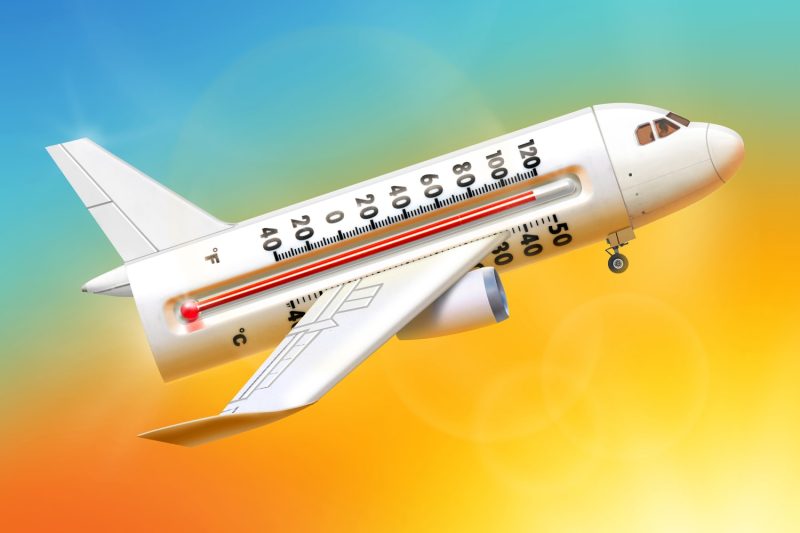
Up in the Air: Airlines and Airports Remain Cool as Extreme Heat Tests Flying Limits
Extreme Heat Makes Flying Harder: Airlines and Airports Say They Aren’t Sweating It
The scorching heat waves hitting many parts of the world are making flying conditions more challenging for airlines and airports. The extreme temperatures have led to concerns about potential disruptions to flight schedules and safety issues. However, airlines and airports are confident in their ability to handle these challenges effectively and ensure smooth operations for passengers.
One of the main issues that airlines face during extreme heat is reduced aircraft performance. High temperatures can affect the aerodynamics of planes, making it harder for them to generate lift during takeoff. This can result in longer takeoff distances and reduced payload capacity, potentially leading to flight delays or cancellations. To mitigate these effects, airlines adjust their flight schedules and weight restrictions to ensure the safety of passengers and crew.
In addition to performance challenges, extreme heat also puts a strain on airport infrastructure. Pavement surfaces can become soft and prone to damage, making it difficult for aircraft to taxi and take off safely. To combat this, airports implement measures such as using special cooling techniques to keep runways and taxiways at a suitable temperature. They also closely monitor weather forecasts and work with airlines to coordinate operations effectively.
Despite these challenges, airlines and airports are well-prepared to handle extreme heat conditions. They have comprehensive protocols in place to address any potential issues that may arise, such as implementing extra precautions for aircraft maintenance and passenger comfort. Airlines also provide regular updates to passengers on any flight changes or delays, ensuring transparent communication throughout the travel experience.
Moreover, advancements in technology have enabled airlines to better predict and adapt to extreme weather conditions. By utilizing sophisticated weather forecasting systems and computer simulations, airlines can optimize their flight operations and minimize disruptions caused by heat waves. This proactive approach allows them to prioritize passenger safety and deliver a seamless travel experience, even in challenging weather conditions.
In conclusion, while extreme heat poses challenges for airlines and airports, they are equipped to handle these issues effectively. By implementing strategic measures and leveraging advanced technology, airlines can ensure the safety and comfort of passengers while maintaining reliable flight services. With a proactive mindset and a focus on operational efficiency, the aviation industry continues to navigate through extreme weather conditions with resilience and confidence.
